Cured 'Marantona' Cheese... Essential (2,9 kg)
- Remove this product from my favorite's list.
- Add this product to my list of favorites.
- Send to a friend
Cured 'Marantona' Cheese... Essential (2,9 kg)
Sublime Artisan Manchego Cheese, with 8/10 months of curing time, slowly dried and ripened in rooms under controlled conditions. The hard rind is pale yellow or greenish-black, and the firm and compact interior varies in colour from white to ivory or pale yellow. It has a slightly acidic flavour which increases as it cures, and a buttery, creamy texture with small air pockets unevenly spread throughout.
No reward points for this product because there's already a discount.

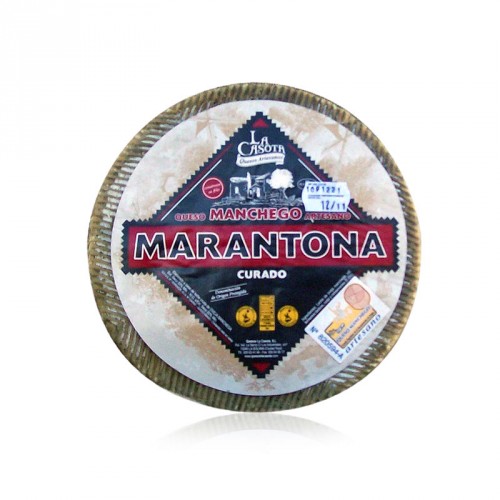





































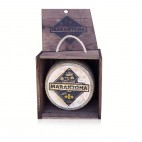
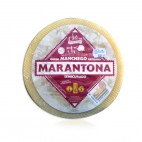
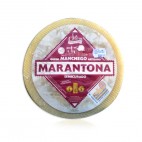
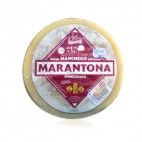
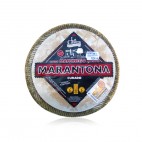
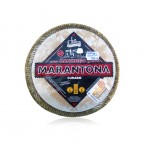
Why in GourmetVip - Quesos La Casota
- Great Selection of food 2011: Gold Selection Cured Artisan Manchego Cheese.
- Great Selection of food 2008: Gold Selection Cured Artisan Manchego Cheese.
- Expovicam-Albacete 2008 Regional Fair: 1st Prize Semicured Artisan Manchego Cheese.
- Fercam-Manzanares 2008 Regional Fair: Silver Medal Semi-cured Artisan Manchego Cheese.
- International Exhibition of Gourmet Club – Madrid 2006: Finalist Best Semi-cured Sheep's Cheese.
- Regional Contest "Cofradía" of Manchego Cheese 2008: 1st Prize Cured Artisan Manchego Cheese.
- World Cheese Awards 2006 – 2007: 2006: Gold Medal Cured Artisan Cheese & 2007: Silver Medal Cured Artisan Cheese.
Furthermore, La Casota cheeses are consideredby "Ronda Iberia" Magazine one of the best 50 Spanish gourmet products.
Official Video - DO Manchego Cheese
No customer comments for the moment.